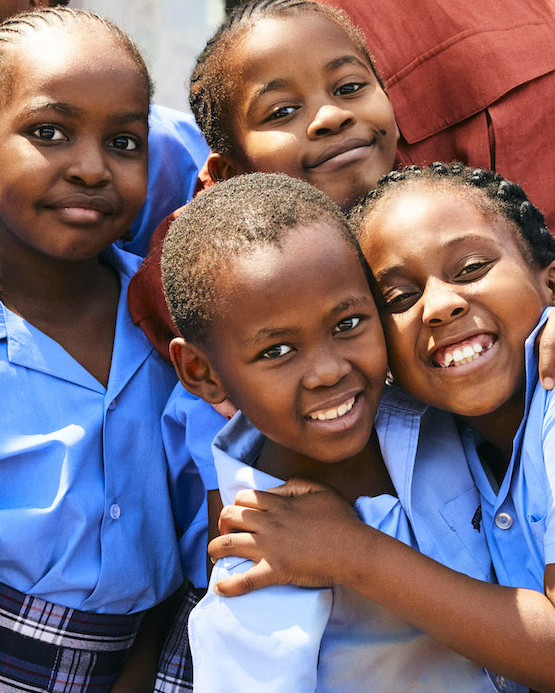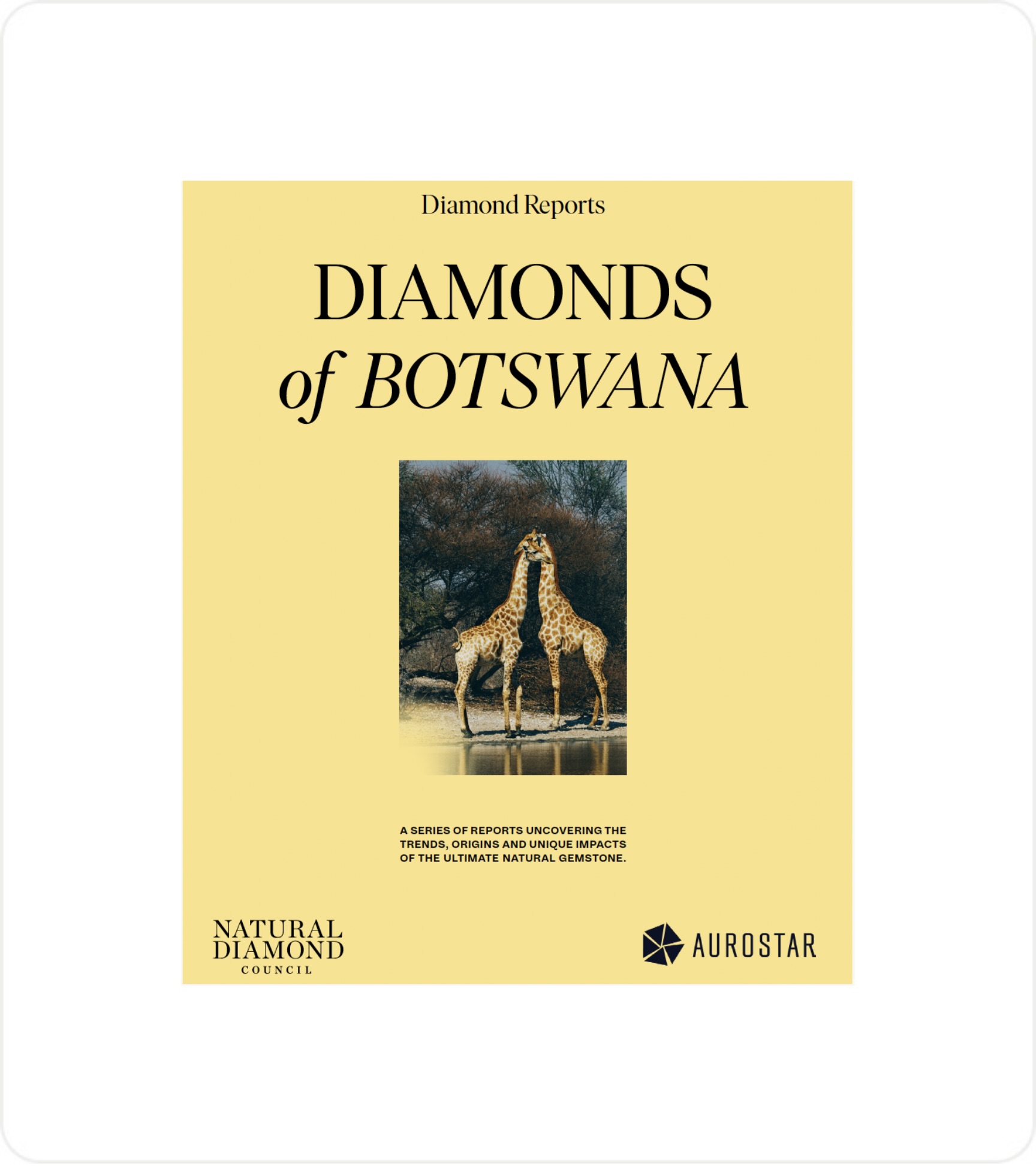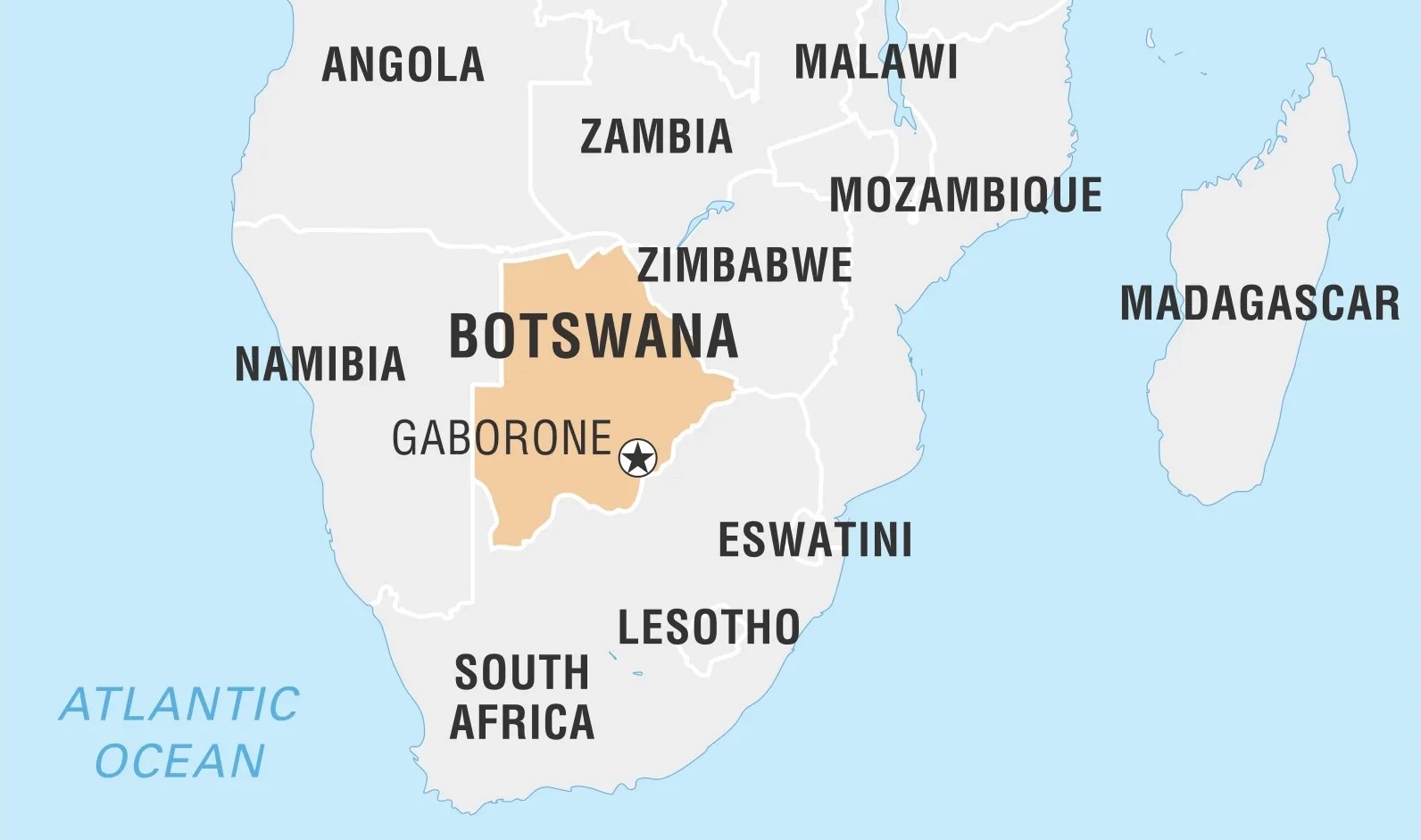
Botswana
Botswana’s economy was transformed by the natural diamond industry, built on the responsible management of its resources. In 2023, diamonds contributed 25 percent of GDP, making the industry the backbone of the national economy. Revenues have funded an extraordinary expansion of education: in 1966, only 100 students were enrolled in secondary school, compared to 89,856 in 2022. Today, all primary-age children receive free state education, and in 2023 the government covered fees for 67 percent of tertiary-level students.
Diamonds have also fueled Botswana’s infrastructure development, with paved road coverage growing from 12 kilometers in 1966 to more than 10,000 kilometers in 2022.
Learn more about the natural diamond industry’s responsible practices

Namibia
Namibia ranks as the 5th largest diamond producer by value, with the sector contributing over 5% of GDP and more than a quarter of exports. In 2024, Namdeb Holdings (a 50:50 joint venture between the Government of Namibia and De Beers) paid $136 million in taxes and delivered a total economic contribution of $545 million. Remarkably, 80 cents of every diamond dollar ends up in state coffers, funding hospitals, schools, and infrastructure.
South Africa
South Africa, once the source of 95% of the world’s diamonds, remains the 6th largest producer today. In 2023, diamond exports totaled $4.7 billion, or 3% of national exports. The industry provides nearly 9,000 jobs, pays close to $100 million in taxes and royalties annually, and drives local business through $149.8 million in procurement, almost all sourced domestically.

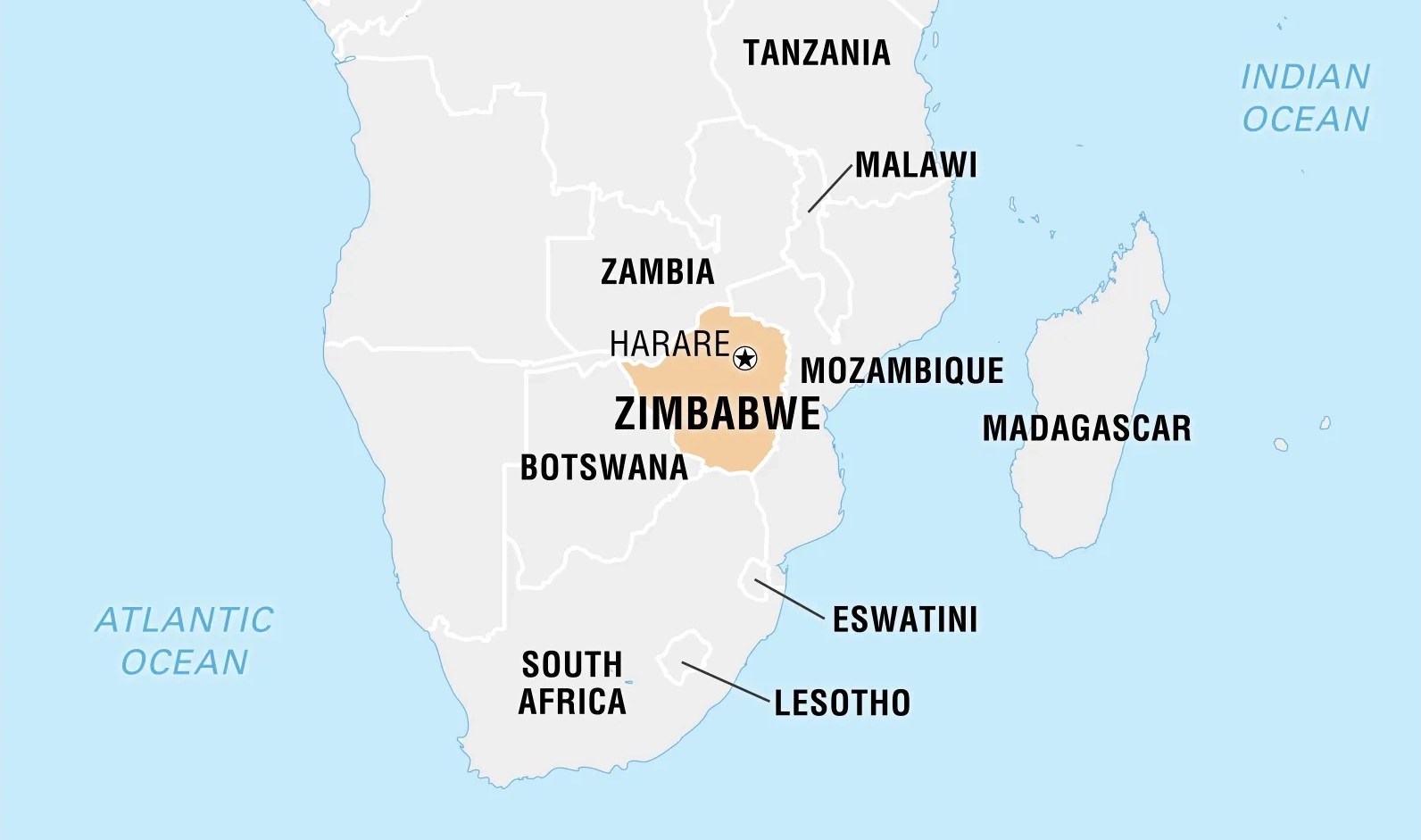
Zimbabwe
Zimbabwe is the 8th largest producer by value and 7th by volume. In 2021 alone, the country exported 4.23 million carats of rough diamonds worth $670 million, helping lift total mineral exports to $5.7 billion, up from $3.2 billion the year before. The government envisions diamonds contributing $1 billion annually by 2030 to support its transition to an upper-middle-income economy.
Lesotho
Lesotho, the “Kingdom in the Sky,” is the 7th largest global producer. Diamonds account for 40% of the country’s exports and a significant portion of government revenues. Its Letšeng mine produces the highest-value-per-carat diamonds in the world, while Kao mine is famed for its pink diamonds. In 2022, the country’s diamond sector injected $313 million into the economy and employed nearly 3,000 people, 98% of them nationals.

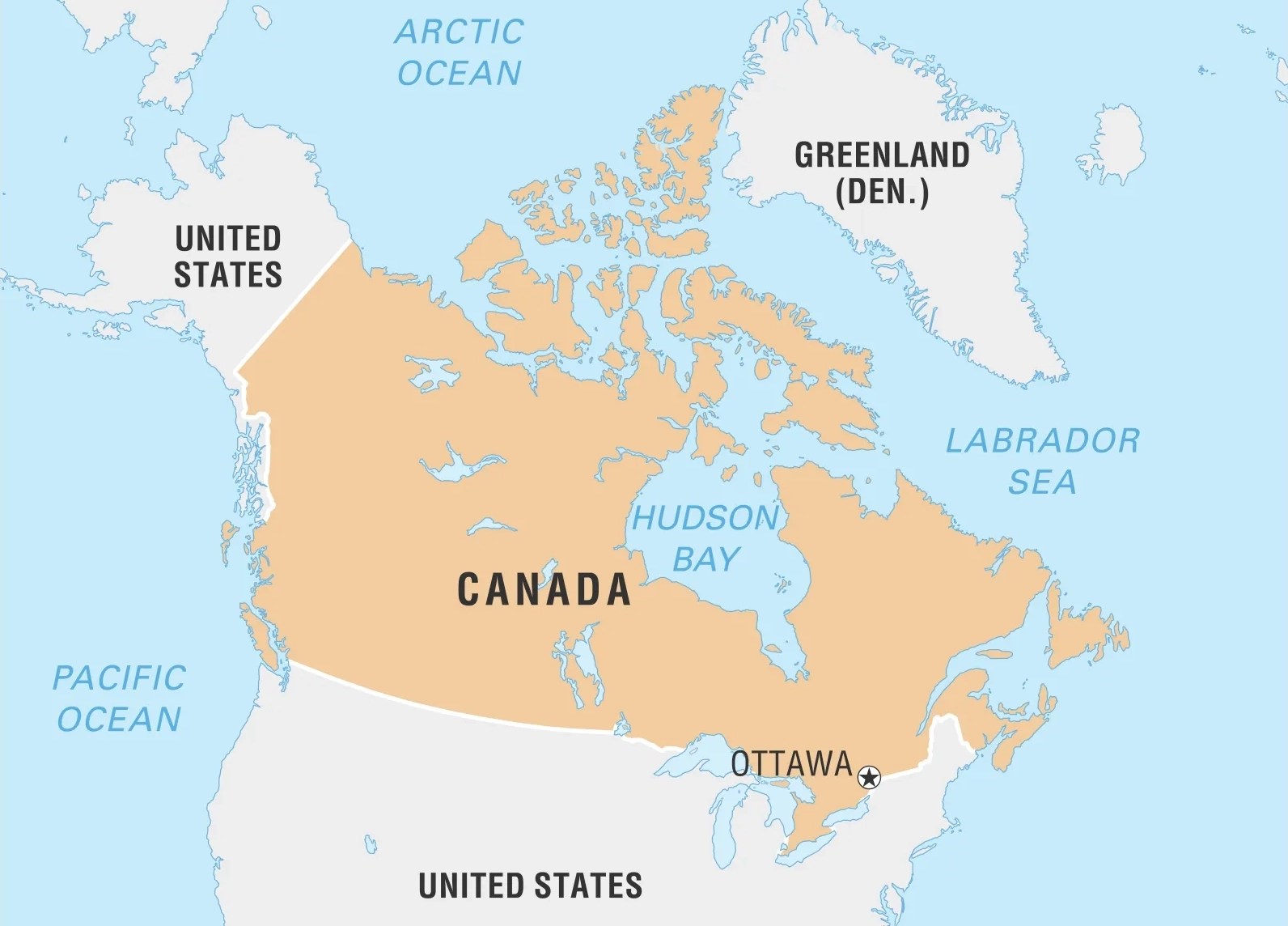
Canada
Canada’s diamond industry is a remarkable story of discovery and impact. Home to some of the world’s oldest diamonds—formed 3.5 billion years ago—Canada has built a thriving industry in the Northwest Territories (NWT), a region with just 45,000 people, half of whom are Indigenous. Since 1996, diamond mines have contributed C$27.7 billion (US$21.8 billion) to the Canadian economy, with nearly 70 percent spent locally, including C$8.6 billion with Indigenous-owned businesses. The sector has created more than 74,000 cumulative years of employment and generated over half of the NWT government’s revenues from taxes in recent years.
Diamonds have also made Canada a leader in sustainability, with the Diavik mine hosting the country’s largest off-grid solar plant, proving renewable energy can thrive in the sub-Arctic.


